Test Topic For Groundschool
Need to Know
Airports and Aerodromes
Aerodromes may be unregistered or registered. Rules for operating an aerodrome are provided in Part III of the Canadian Aviation Regulations (CARs) under Subpart 301. The objective is to define the minimum safety standards that must be offered as well as to make provision for inspection by the Minister. Aerodrome operators are encouraged, in the interest of aviation safety, efficiency, and convenience, to improve their aerodromes beyond the basic regulatory requirements using, as guidelines, the standards and recommended practices applicable for the certification of aerodromes as airports, heliports, or water airports. Aerodrome users are, however, reminded that the improvement of aerodrome physical characteristics, visual aids, lighting, and markings beyond the basic regulatory requirements for aerodromes stated in CAR 301 is a matter of individual aerodrome operators’ initiative. Such improvements do not require regulatory compliance, nor are those improvements inspected or certified in accordance with the standards and recommended practices applicable for the certification of aerodromes as airports, heliports, or water airports.
No aerodrome operator is obliged by these regulations to have information published in the CFS or CWAS. The Minister may choose not to publish information for a site that is considered to be hazardous to aviation safety. In addition to the initial inspection during the application for registration, other inspections are done on an as-required basis, once the aerodromes are registered, to verify their compliance with CARs and the accuracy of their information as it is published in the CFS. Such information, however, is only published for the convenience of the pilot and should be confirmed through contact with the aerodrome operator before the pilot uses a site.
Registration of an aerodrome is a two-part process conducted under the authority, direction, and guidance of the appropriate Transport Canada Civil Aviation (TCCA) Regional Office. The registration process requires the aerodrome owner or operator to voluntarily initiate with TCCA a request for registration and meet all of the basic requirements of Subpart 301 of the CARs. Only registered aerodromes and certified airports are published in the CFS.
An airport is a certified aerodrome. The objective of certification is to protect those, such as the fare-paying public and residents in the vicinity of an airport, who do not have the knowledge or ability to protect themselves and who could thus be affected by unsafe operations. The requirement for aerodrome certification applies to:
- Any aerodrome that is located within the built-up area of a city or town
- Any land aerodrome that is used by an air operator for the purpose of a scheduled service for the transport of passengers
Prohibitions
There are some things you just cannot get away with at an airport or aerodrome, most of which should come as no surprise.
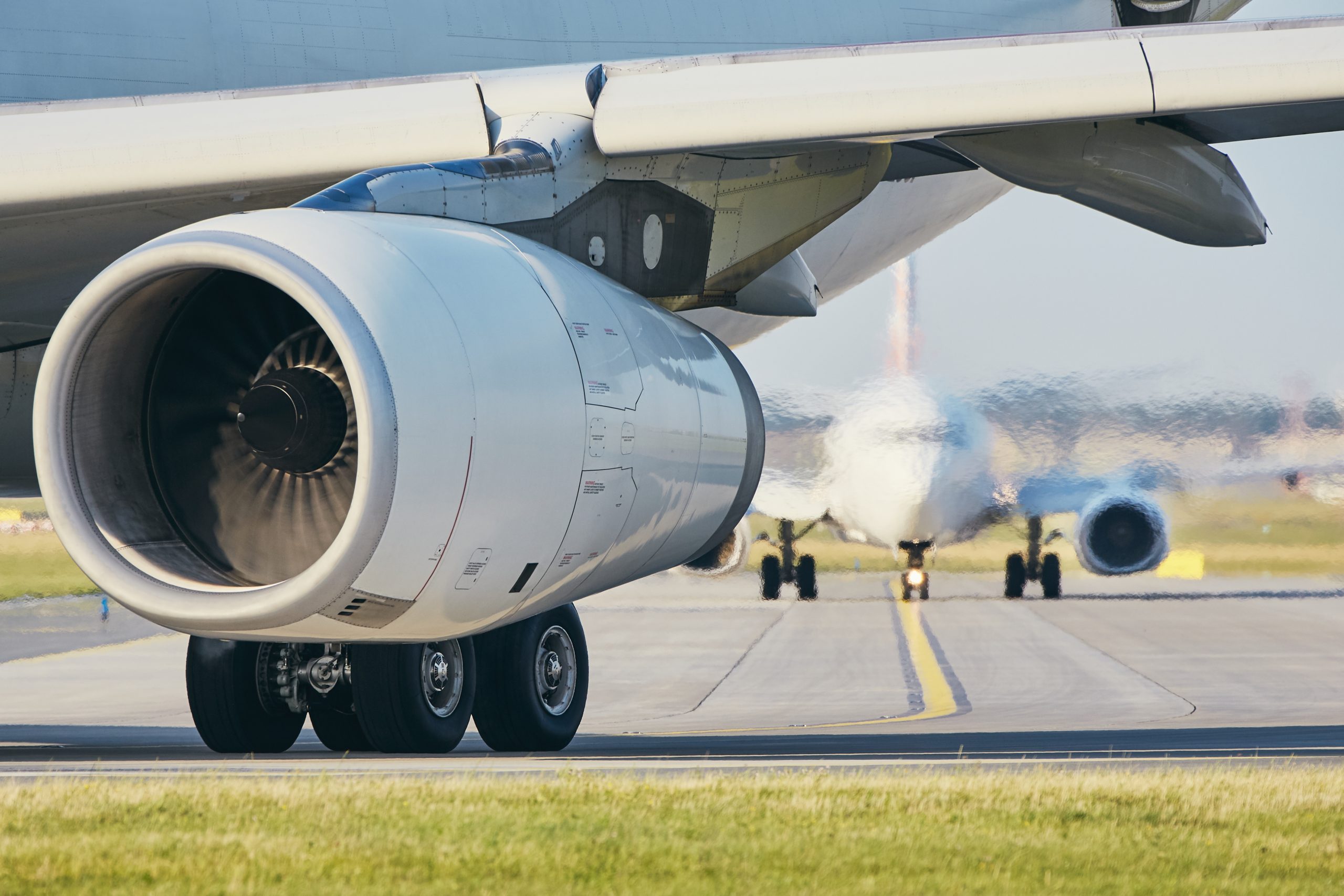
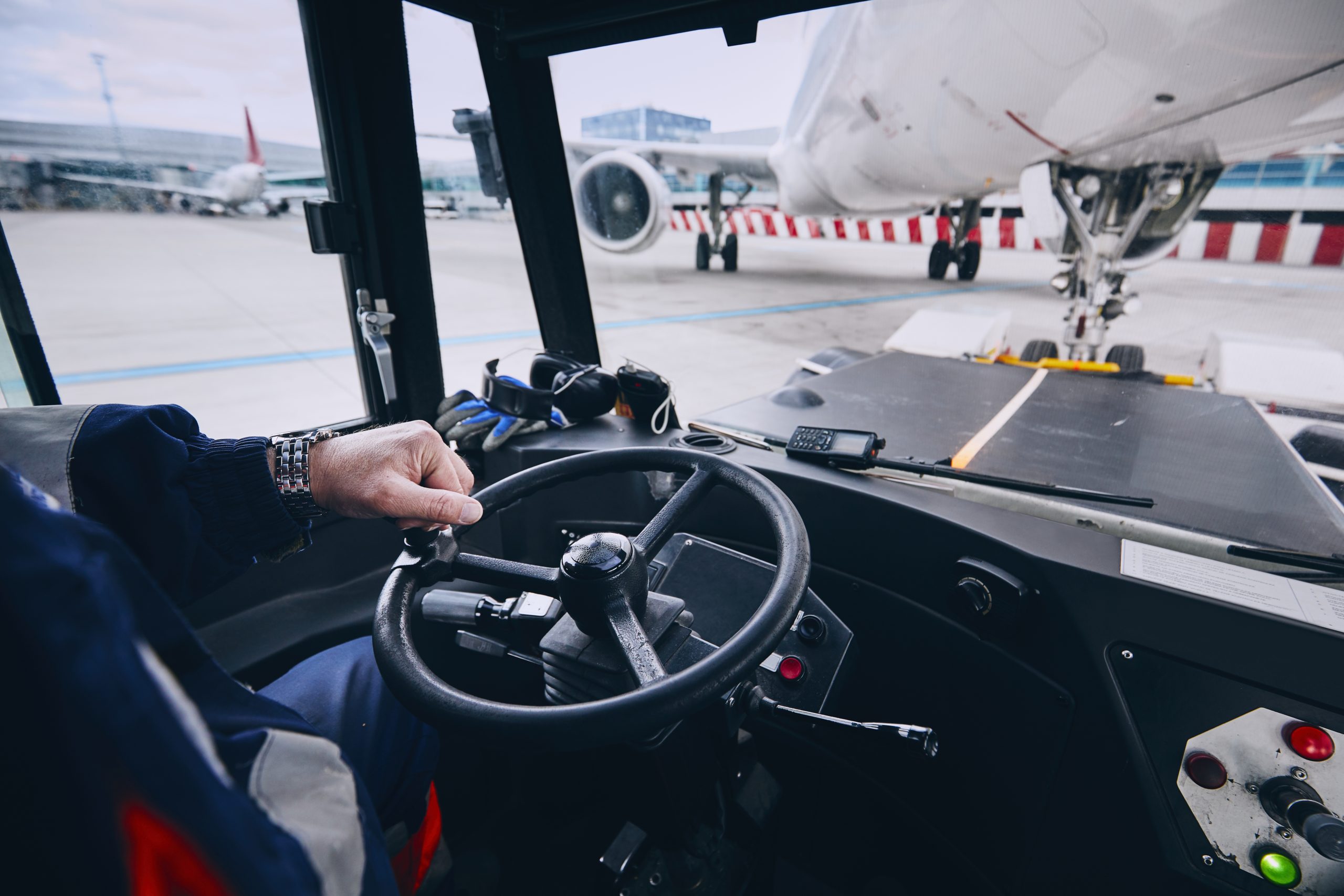
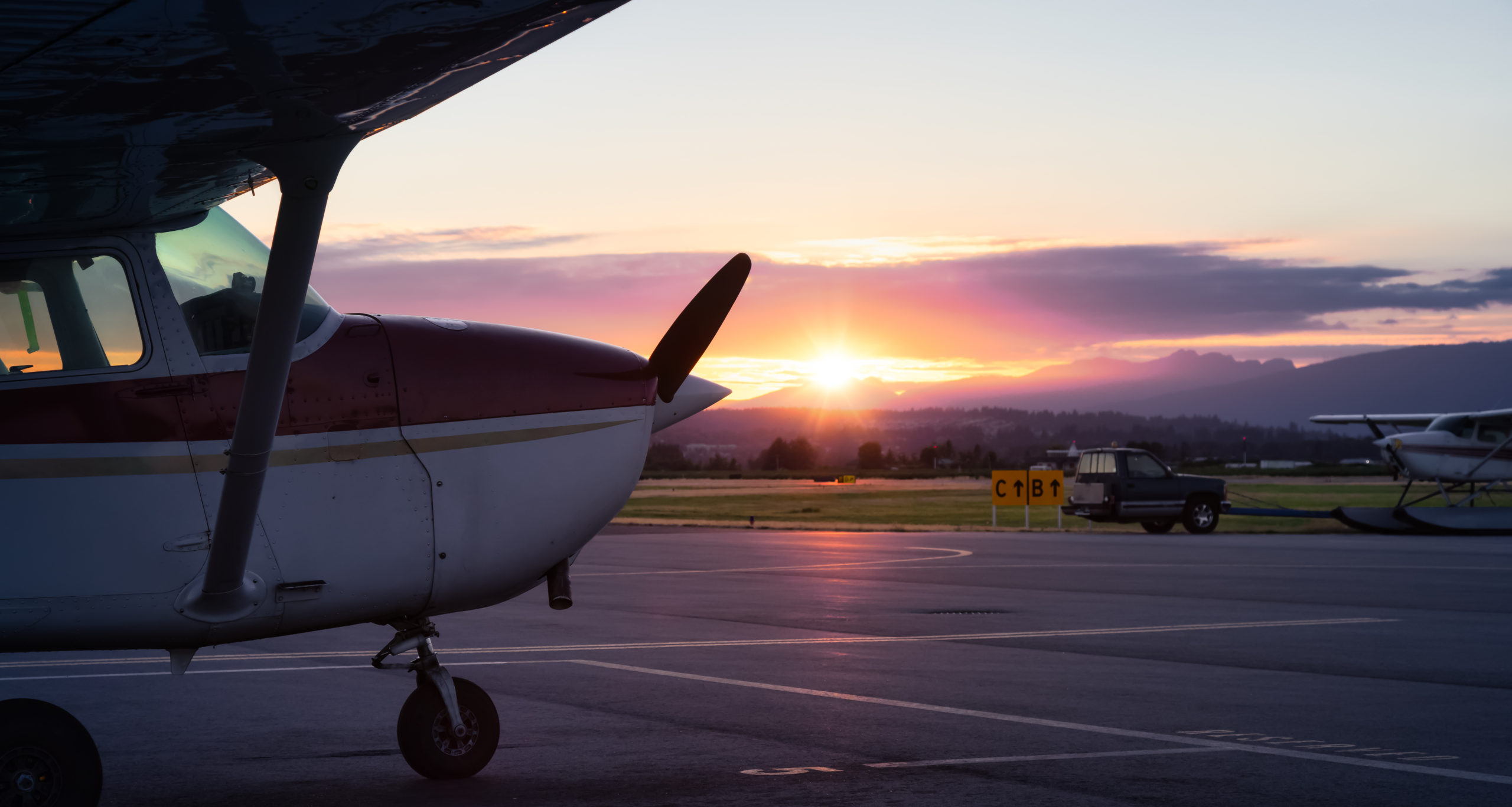
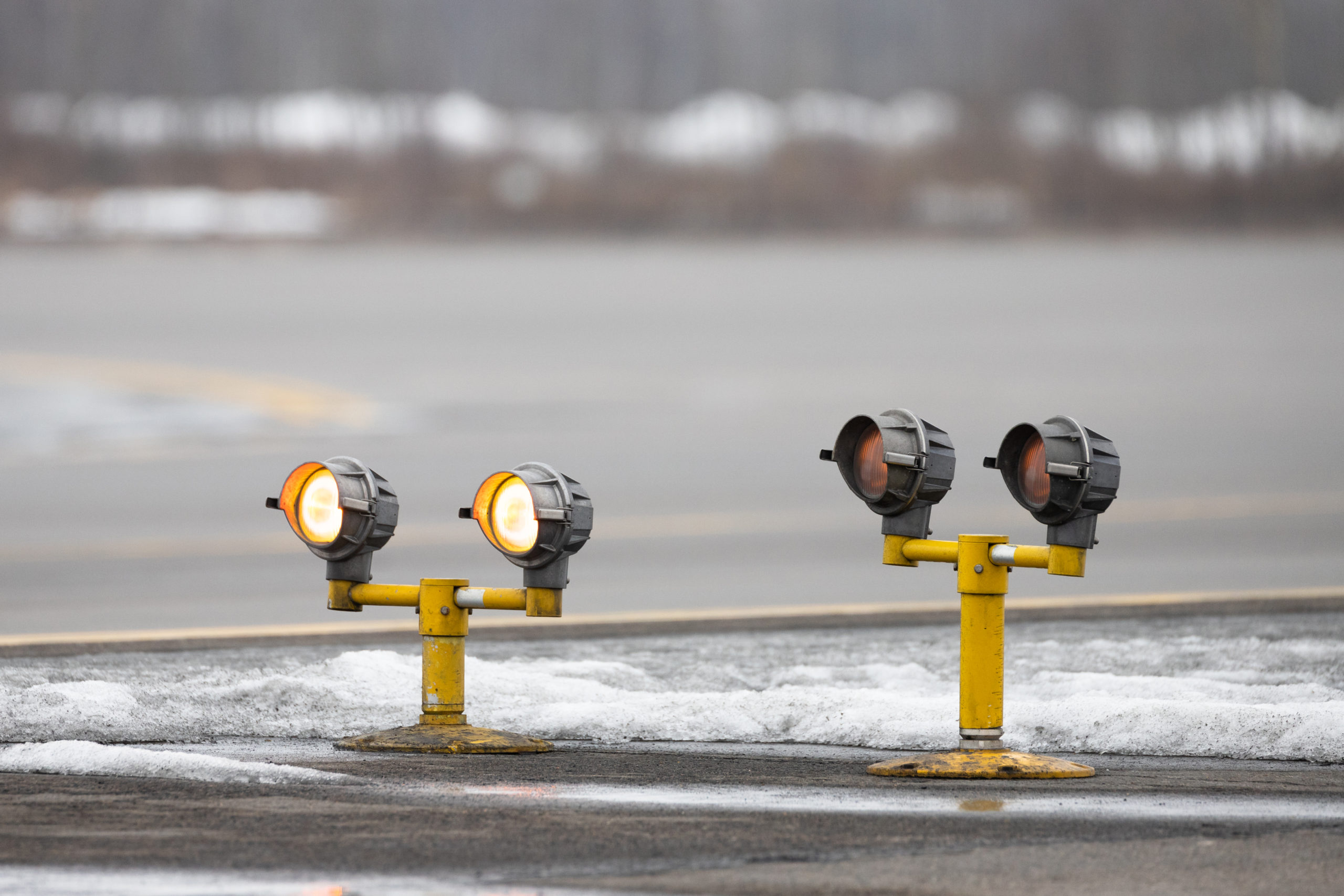
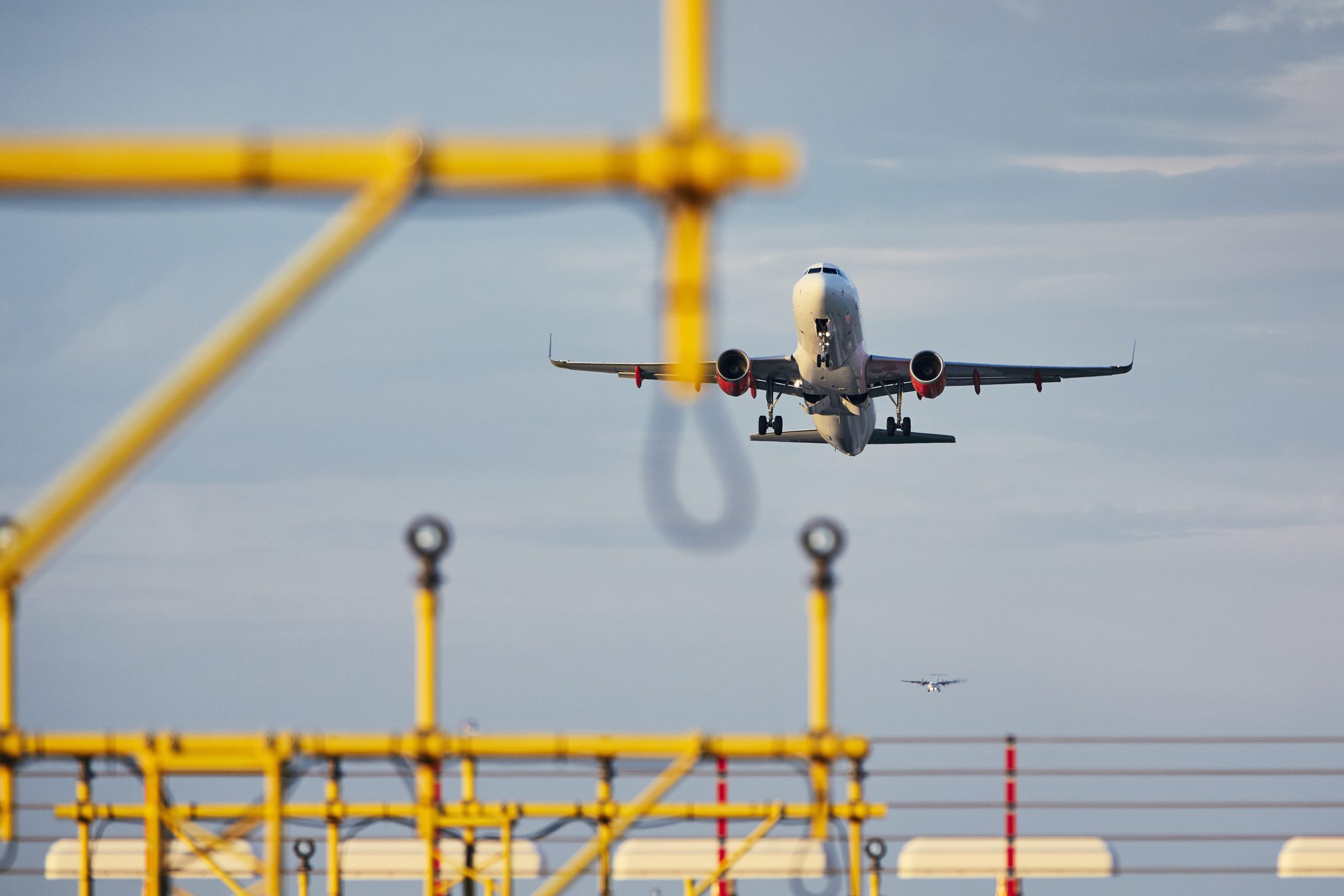
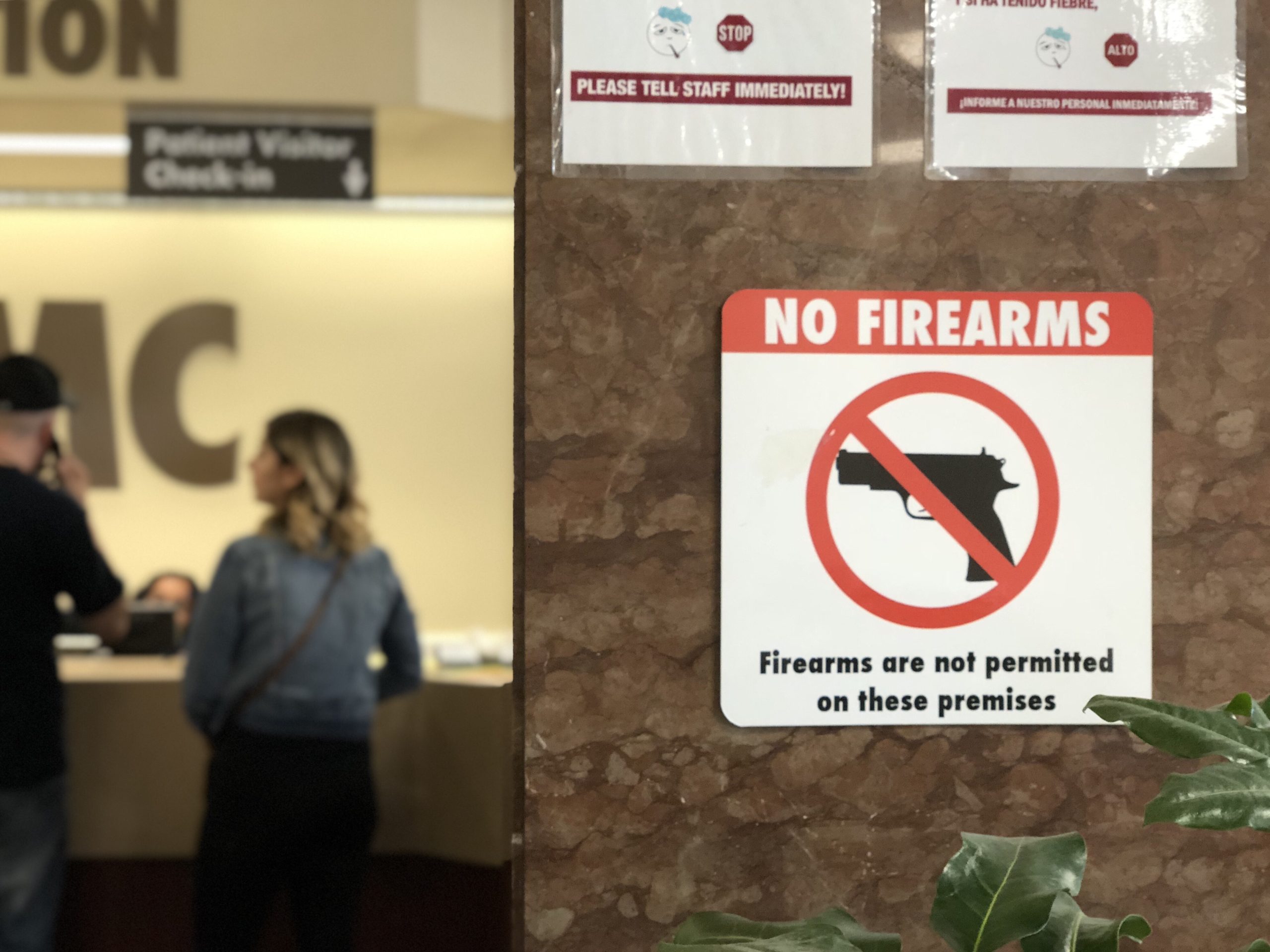
Do not smoke or display an open flame on an apron, an aircraft loading bridge or on a gallery or balcony that is contiguous to or that overhangs an apron or in an area where smoking or the presence of an open flame is likely to create a fire hazard that could endanger persons or property. The operator of an aerodrome may however, permit smoking in an enclosed building or shelter located on an apron where such smoking is not likely to create a fire hazard that could endanger persons or property.
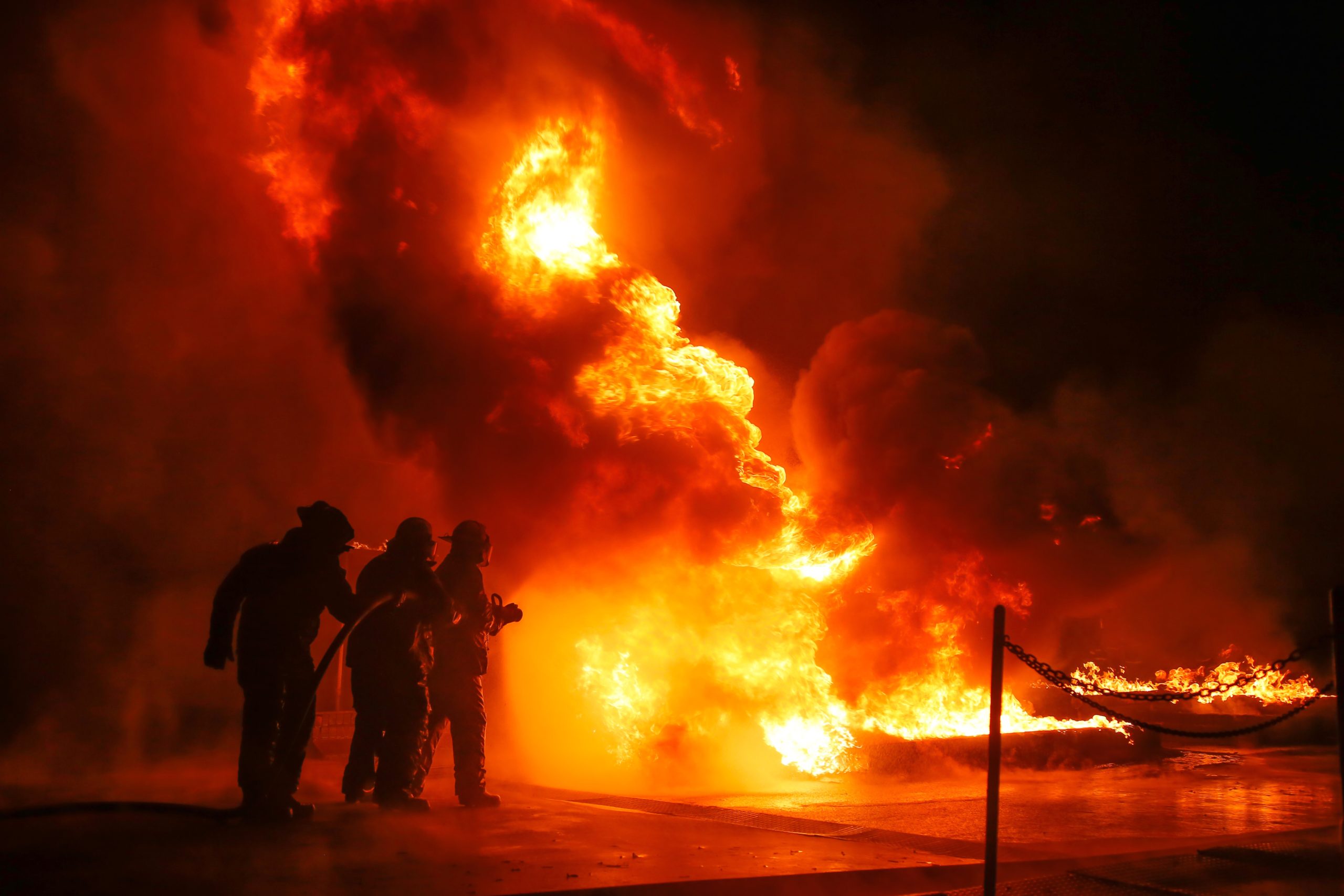
Nice to Know
Related Topics
The Canada Flight Supplement
The CFS supports and complements the visual charts for all of Canada and includes a complete list of NAVAIDs associated with airports, the current status of individual airports, the availability of facilities and services at airports the telephone numbers for flight planning services, general procedural information, aerodrome sketches.
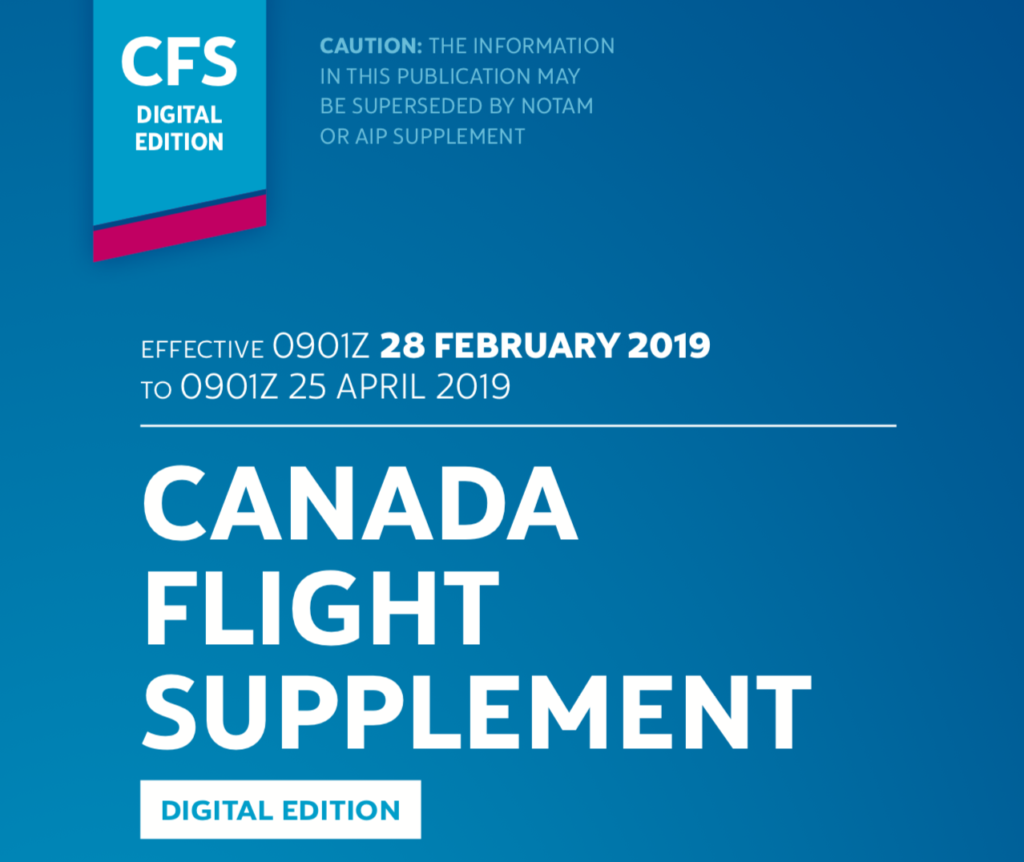
Movement and Manoeuvering Areas
Manoeuvring areas include parts of an aerodrome intended to be used for the taking off, landing and taxiing of aircraft, excluding aprons and movement areas include parts of an aerodrome to be used for the takeoff, landing and taxiing of aircraft, consisting of the maneuvering area and the apron.
